Homemade Jello
Jello reminds me of my childhood. I grew up eating Jello made from a box. I even remember when I was about 12, I used to make it for my mom. I remember stirring the powder into the water and letting it set in the fridge overnight.
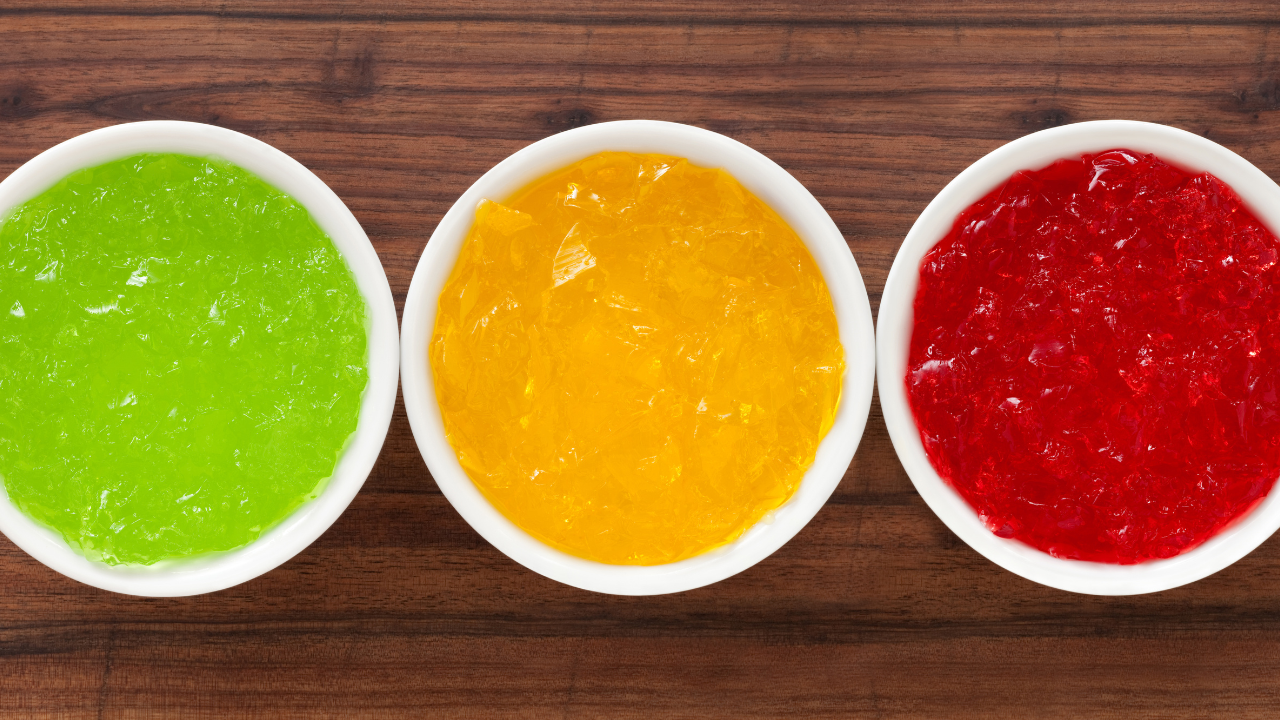
Jello reminds me of my childhood. I grew up eating Jello made from a box. I even remember when I was about 12, I used to make it for my mom. I remember stirring the powder into the water and letting it set in the fridge overnight.
Jello is Good For You
It turns out Jello is actually good for you. It’s made from the bones and hides (skins) of cows and pigs. Rich in collagen, jello actually gives you beautiful skin, and strong bones, teeth, and cartilage.
What Is Gelatin?
"The gelatin in Jell-O is what lets you transform it into all sorts of different shapes. What exactly is gelatin? Gelatin is just a processed version of a structural protein called collagen that is found in many animals, including humans.
"Collagen actually makes up almost a third of all the protein in the human body. It is a big, fibrous molecule that makes skin, bones, and tendons both strong and somewhat elastic.
"As you get older, your body makes less collagen, and individual collagen fibers become crosslinked with each other. You might experience this as stiff joints (from less flexible tendons) or wrinkles (from loss of skin elasticity)." Source
Think about it — collagen — the same stuff women are injecting into their lips and wrinkles. If you want plump lips and smooth skin, make homemade jello a regular part of your diet.
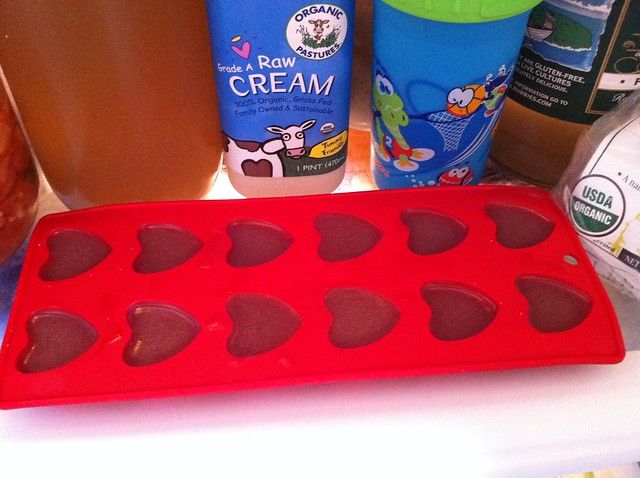
Why Make Homemade Jello?
Unfortunately, boxed Jello from the store is not a good choice since it’s made from feedlot cows and pigs.
These animals are fed large quantities of antibiotics and GMO (genetically modified) feed. The feed is made from corn and soy that’s sprayed heavily with cryolite, a fluoride-based pesticide.
Fluoride is stored in the bones of animals, so animals raised conventionally have a lot of fluoride in their bones. Gelatin is made from bones — so it’s a super concentrated form of fluoride unless it’s organic (grass-fed).
Now you can enjoy jello again — just follow this recipe and make it at home.
It’s a great dessert, especially in summer. You can add fresh fruit if you like, and top with homemade whipped cream (just whip some heavy cream and add a little sweetener such as organic cane sugar, honey, sucanat or stevia).
Recipe Notes
I don’t recommend using just any old brand of gelatin. Get the Vital Proteins or Great Lakes brand; they are made from the bones of pastured animals so there is not a lot of fluoride like conventional gelatin.
You can use store-bought juice but only if it’s organic to avoid the cryolite (fluoride-based pesticide).
Homemade Jello
Ingredients
Grass-fed gelatin from pastured animals (2 TBS)
Organic juice, storebought or freshly squeezed — orange, cherry, strawberry, grape, lemon or lime (16 oz, or 2 cups)
Sugar (2-3 TBS, to taste)
Equipment
Citrus juicer
Optional: Jello mold
Ingredients
1. Juice the fruit using a juicer. If you don’t have a juicer, you can also use a blender or food processor and then strain the pulp through a fine-mesh strainer.
2. Mix the gelatin into 1/2 cup of the fruit juice in a small saucepan on low heat. Stir or whisk until completely blended and no evidence of powder remains.
2. Let cool.
3. In a mixing bowl, blend together the gelatin-juice mixture with the rest of the fruit juice.
4. Pour into a shallow glass baking pan or jello mold.
5. Cover with plastic wrap and put in the fridge for several hours until set.
6. When set, carefully unmold or cut into cubes.
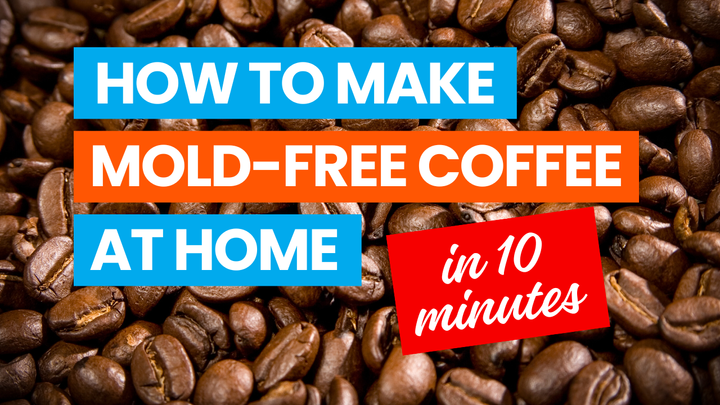
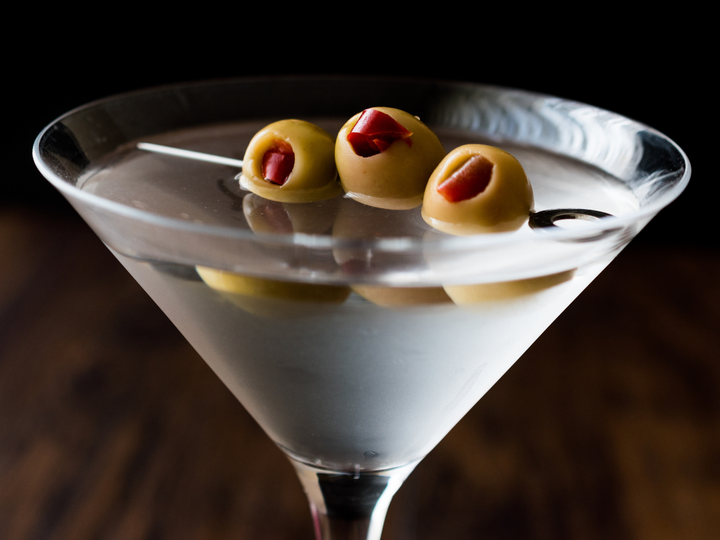
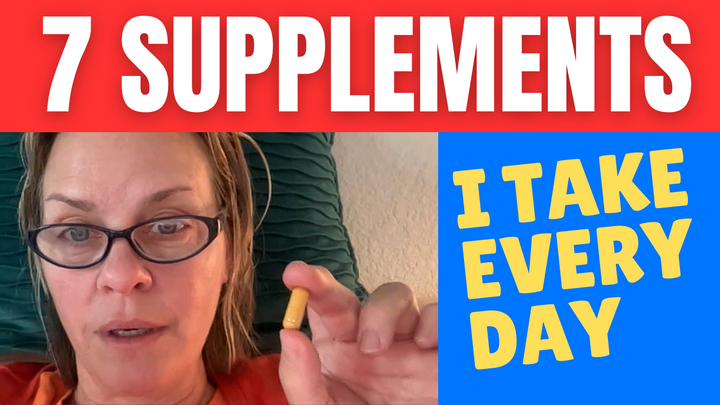
Comments ()